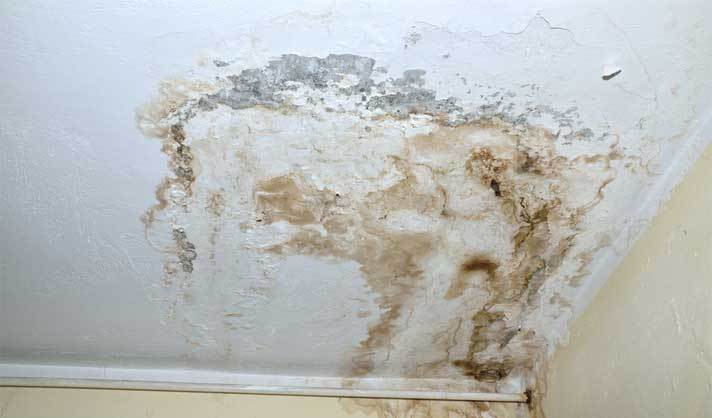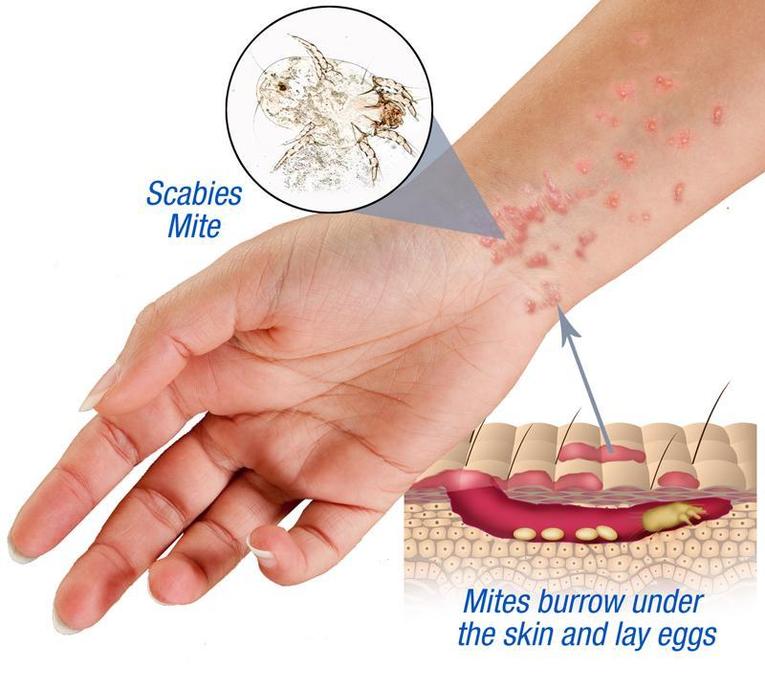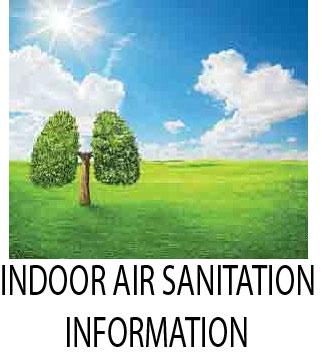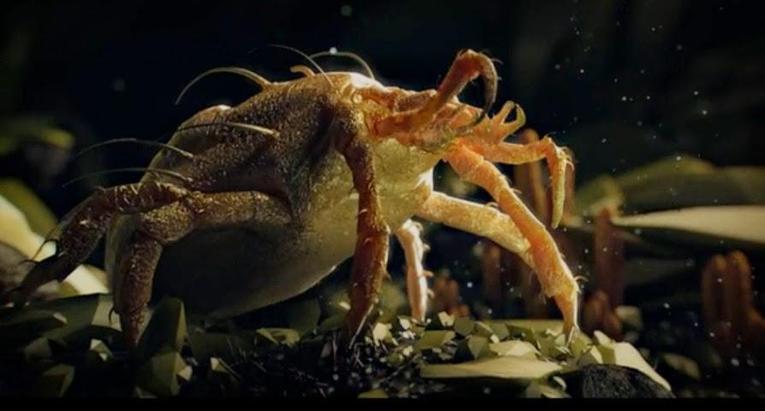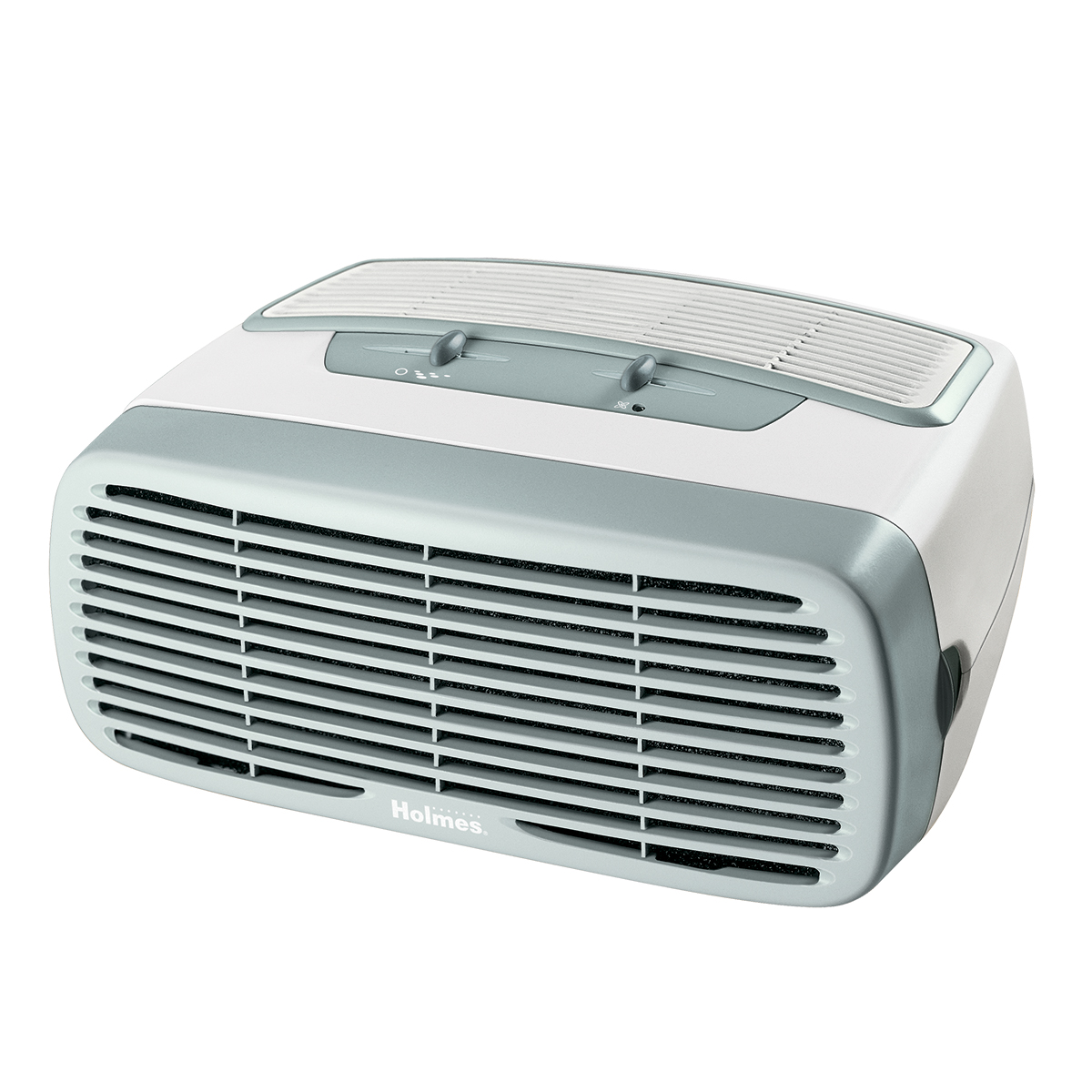HEPA air purifiers are a waste of money. I will prove
it, then show you what you need to do to improve your indoor air
quality. Before starting Forever Ozone, I was an IAQ tester for an
environmental engineering firm.
-
Table top HEPA air purifiers don’t move enough air
to do the lofty job of purifying indoor air to any degree, let alone to a
degree that improves indoor air quality enough to make them worth the
expense! Most HEPA air purifiers only move a few hundred cubic
feet a minute of air. Your HVAC air handler on the other hand moves over
3000 cubic feet of air per minute. (CFM) Your HVAC system is designed
to change the air in your home at least two times per hour. If you’re
looking for dust removal, look there, not a table top air purifier!
All you need to do is install a good MERV 11 furnace filter (only cost
$5-$6 on eBay if you by 12 at a time) and run the fan in the “on”
position 24/7. HVAC system fans are energy efficient so that will only
cost you around $10 a month extra electric. WARNING: Be especially weary
of heavily marketed air purifiers like the “Ionic Breeze” years ago or
the Molekule today that don’t offer a CADR (clean air delivery rate).
Why? They don’t move that much air and thus can’t offer much air
cleaning capabilities, outside perhaps of a small sealed chamber, lol.
-
HEPA air purifiers don’t kill airborne viruses, molds,
or bacteria. They do trap them a small percentage of them inside of
their filters, an area that is dark and sometimes moist, and guess what
happens next?
- HEPA air purifiers don’t sanitize surfaces and kill surface molds,
bacteria, viruses, fungus, parasites, and they don’t kill dust mites.
-
HEPA air purifiers cause noise pollution and waste electricity, adding insult to injury.
- HEPA air purifiers don’t get rid of odors or VOC’s very well, if at all.
What is the solution? Forever Ozone’s Cheap Air Purifier Solution that also employs carbon, UV, UVC, TiO2 Mesh, and ozone shock treatment options. (Test with a particle counter meter – 100% dust reduction)
1) “Shock” your air with high concentrations of ozone to kill all
surface micro-pathogens such as molds, bacteria, viruses, etc when
nobody is home. 2) Run your HVAC system 24/7 and utilize a MERV 11
filter; change it every 3 weeks (it will be black – but better a cheap
filter than your lungs). 3) Install a UVC Induct system. 4) Bring in
fresh as often as possible. That’s it. Do that and your indoor air will
help promote good health, not rob you of your health.
For the ozone shock treatment, you will need enough ozone rated in
milligrams per hour (mg/h) to do your entire structure at the same time.
Going room by room with a small machine won’t work very well because
“bad stuff” from one area will quickly leach into sanitized areas,
you’ll be like a dog chasing their tail. You’ll never get it. You have
“stuff” you want to sanitize in every nook and cranny, in your duct
work, in your closets, in your drawers. You want to open everything up
and shock it with ozone at the same time. The industry recommends 1000
milligrams per 100 square feet but that only works if you have 10-20%
humidity. At 50% humidity, ozone production is reduced by 50%. Also,
trying to get rid of second hand smoke, you need 2 times the recommended
amount of ozone. Say you have a 2000 square foot home with 8 foot
ceilings. If you have 10-20% humidity, you can get by with 20,000 mg/h
of ozone to shock the structure at tone time. However, if the humidity
level is 50%, you’ll need 40,000 milligrams of ozone. If you are trying
to get ride of second hand smoke, you’ll need 80,000 milligrams to get
the job done right. Our commercial solid state ballasts and 20,000 hour
heavy duty ozone plates are economical enough to perform “whole house”
ozone shock treatments at one time, and that’s what the doctor orders to
get’r done.
What is the difference between Forever Ozone’s proprietary solid
state transformers and the Chinese transformers used in Amazon and eBay
models? Our
ozone ballast – transformers have removable plates and power cords and
don’t feature any high voltage wires outside of the ballast. The
Chinese ozone generators feature transformers with red high voltage
wires that are glued onto non-removable ozone plates. (a shock and fire
hazard) Those are basically disposable transformers. Our ozone plates
plug right into the side of the ballast, as does the power cord. If the
ballast fails, just send it in for a free replacement.
What is our shock treatment protocol?
1. We use steel blade fans that can move 3000 to 4000 CFM of air and
blow the ozone straight up towards the ceiling. Ozone is heavier than
air and doing this will force the air near the roof down towards ground
level where it will quickly become ozonated by the two to eight 4″ x 4″
ozone plates that produce 20,000 to 80,000 milligrams of ozone per hour
and which are mounted to commercial steel blade fans. 2. We utilize 24
hour, 30 minute interval timers that allow you to schedule an ozone
shock treatment while you’re away from home and turn off at least one
hour before anyone re-occupies the structure. 3. Air out the house by
opening all of the windows and turning the fan to blow air out of one of
the bottom floor windows so that you draw fresh air into the house.
That’s it! Now all of the surfaces are disinfected, VOC’s have been
destroyed, mites have been killed (and their feces neutralized) and your
air is fresh and clean.
I was an IAQ expert and offer great advice in the manuals on the
proper way to do anything from get rid of second hand smoke to kill
mites, mold, or just get rid of odors, any odor, skunk, rotting flesh,
etc. I also offer our customers free advice after the sale, and I
answer the phone.
If you have VOC’s or “sick home syndrome,” an ozone shock treatment
is the only solution. Don’t waste your money on a VOC air purifier
alone, they alone can’t do the job of drastically lowering your VOC
levels. Why? Because they do nothing to address the chemicals leaching
out (off-gassing) from the building materials, that’s why. To
accomplish that, you will need to perform several ozone shock treatments
over several days or even weeks. That’s what furniture manufacturers
with government contracts do. (I sold ozone generators to one such
contractor) They place their furniture in a trailer, run the ozone for a
few hours on, a few hours off for about a week, then ship them off
after a VOC test reveals it passes government standards. It’s
interesting to me that our politicians require the furniture they buy to
place in their government offices meets a higher standard for off-gas
VOC’s than the what is mandated for the general public. Actions speak
louder than words, don’t they?
VOC’s and molds are the two things you’ll find in your indoor air
that make people sick. (statistically) However, they’re not the number
one indoor air allergen. The number one indoor air allergen is dust mite feces.
Dust mite feces is also tied to childhood asthma. Dust mite feces
gives homes lived in for many years that “old folk” smell. The only way
to get rid of that biologically active material is with an ozone shock
treatment which will also kill the dust mites! This should be done at
least 4 times a year, and for sure before moving into a new home. The
old tenants left behind their DNA, and god only knows what type of
biologically active material. One should bless their home with ozone
before moving in to destroy all of that ‘junk.” HEPA air purifiers
don’t help with dust mite feces by the way. Why? As we move around, we
kick that “crap” up. Air purifiers can’t keep up. Only sitting still for
at least 30 minutes while your HVAC fan is running is the only way to
remove that type of dust from the air, and the only way to make that
dust inert so that you’re not taking in biologically active crap?
Perform periodic ozone shock treatments.
Undoubtedly you’ve heard that ozone is a “toxic gas.” That’s fake
news. Ozone is oxygen. Oxygen can never be toxic. Well, strike that. In
high concentrations, ozone gas is harmful to the lungs. So what. In high
concentrations, drink too much water too fast, and water can kill you.
Does that make water toxic? The fact remains, ozone isn’t for breathing,
ozone is for sanitizing and killing the “bad stuff” in the air that
makes us sick. It does a better job of cleaning the air than any type
of air purifier on the market. Again, all you have to do to address dust
issues is change your furnace filter ever 3 weeks with a MERV 11 type
filter, as mentioned above, and run your HVAC fan in the “on” position
24/7. That is the best “air cleaner” you can get! If you have money,
you can opt for an HVAC air scrubber that does an even better job.
However, to keep mold from growing in your ducts, and to kill the mites
and neutralize their droppings nothing comes close to doing the job
that ozone does, and you won’t find a better ozone generator than those
found at Foreverozone.com! I guarantee that. And the last reason to buy
from us? We answer the phone and offer expert advise and great customer
service. That’s something you just won’t get on Amazon or eBay.


